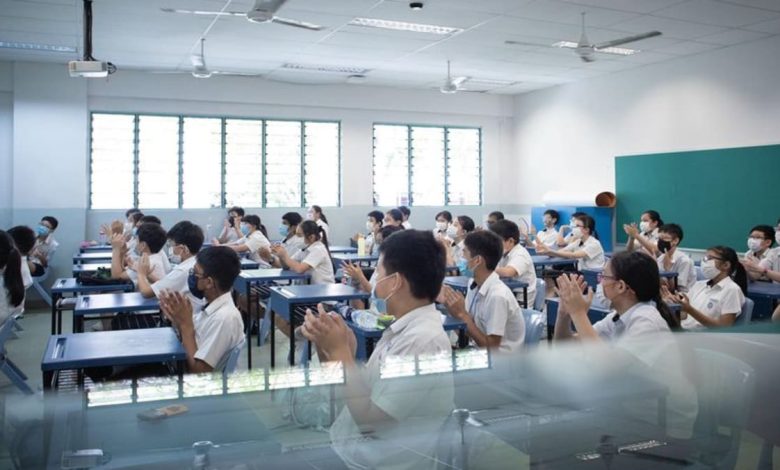Snap Insight: Conceived for a minority of students, Gifted Education Programme has been overtaken by wider trends

EVOLUTION OF GEP
The GEP, launched in 1984, was one of the first few programmes for academically talented students.
The Ministry of Education (MOE) stressed the need to meet the learning needs of gifted students who required “a high degree of mental stimulation”. It also said that nurturing these students and maximising their potential was an investment in Singapore’s future.
The GEP curriculum had a few distinctive features, including greater depth and breadth in topic coverage, inter-disciplinarity, and more emphasis on creativity and higher-level thinking skills.
The first cohort of 100 primary GEP students enrolled in Raffles Girls’ Primary School and Rosyth School, with another 100 students being placed in the secondary GEP in Raffles Girls’ School (Secondary) and Raffles Institution. The GEP students were taught in self-contained classes within these schools.
Over the next 20 years, the programme expanded from 0.25 per cent to 1 per cent of the relevant age cohort. In 2003, there were nine primary schools and seven secondary schools that offered GEP.
However, the GEP was scaled back in the years that followed. The 2004 launch of the Integrated Programme (IP), a programme for gifted secondary school students that allows them to skip the O-Level examination and proceed to junior college, resulted in shrinking GEP enrolments at secondary schools.
As a result, the MOE announced that GEP would end for secondary schools in 2008, and that it would advise IP schools in the design of their talent development programmes.
Another step in GEP’s evolution was the MOE’s Gifted Education Branch’s sharing of pedagogical strategies for highly able students with non-GEP primary and secondary school teachers. At the same time, a few primary schools that were not GEP centres started their own programmes for high-ability learners.





